Photo Journal: Central Atlantic Seacoast – James McNaughton
“This Fall, I had the good fortune to carve out a large chunk of time to leave home and journey south on a much needed sojourn. I recently purchased a baby Airstream camper called by the manufacturer, the Bambi Sport. It is 16 feet long, which is shorter than my solo canoe! I have taken to calling it ‘The Escape Pod.’
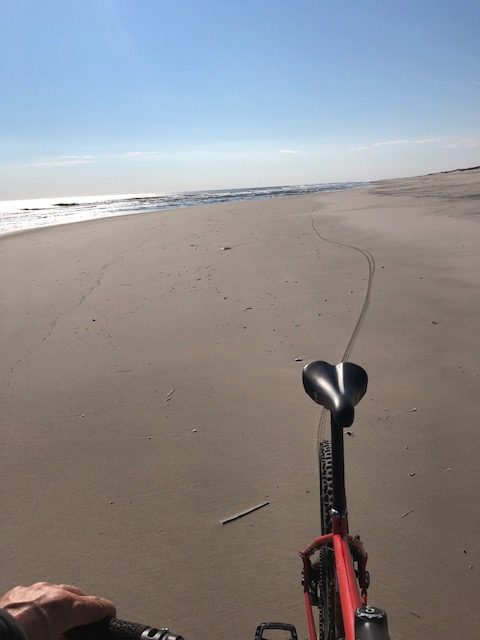

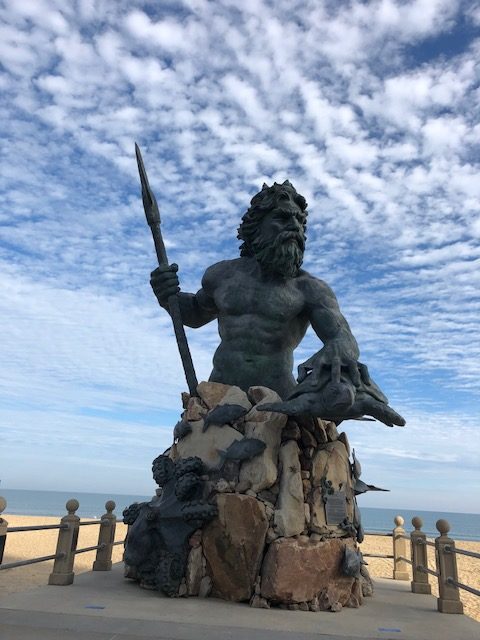






Photo Journal: The River of Grass in Florida’s Everglades – Farlin Black
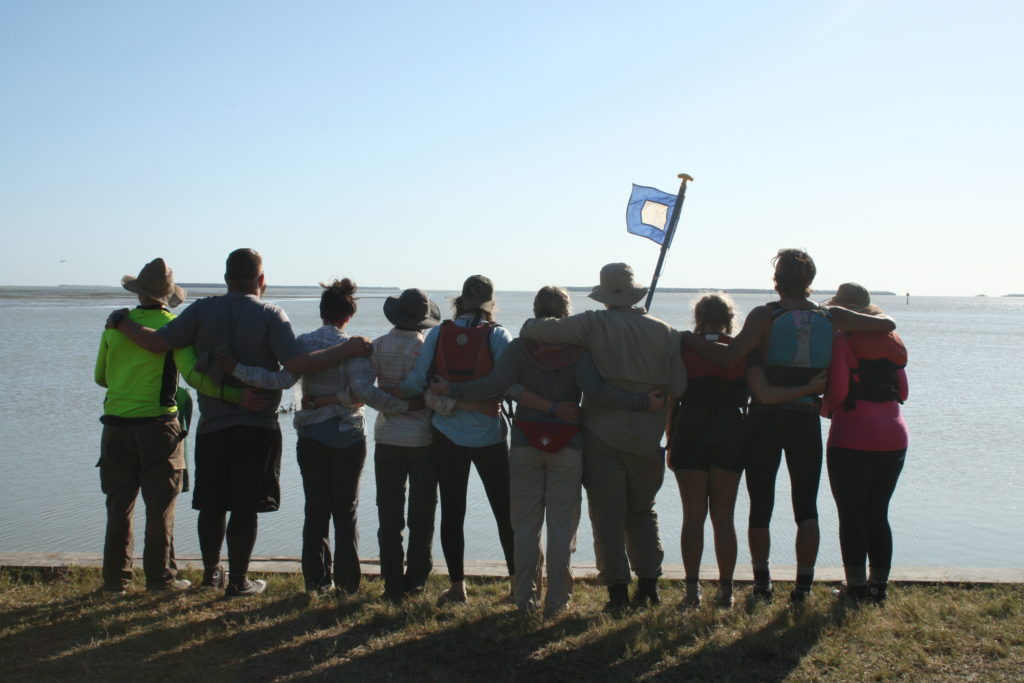
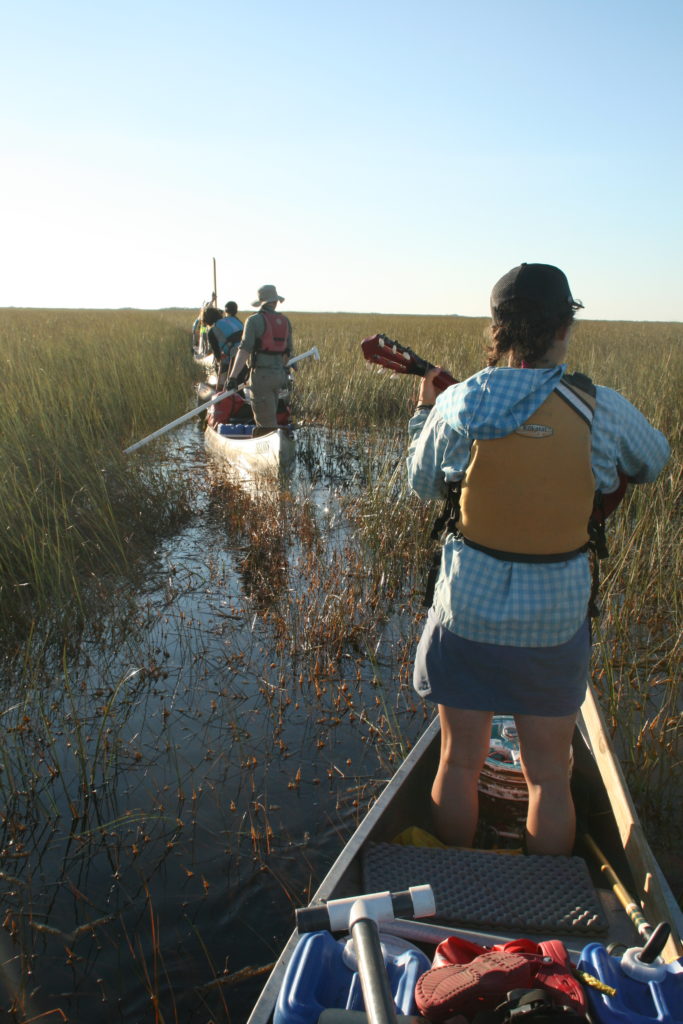
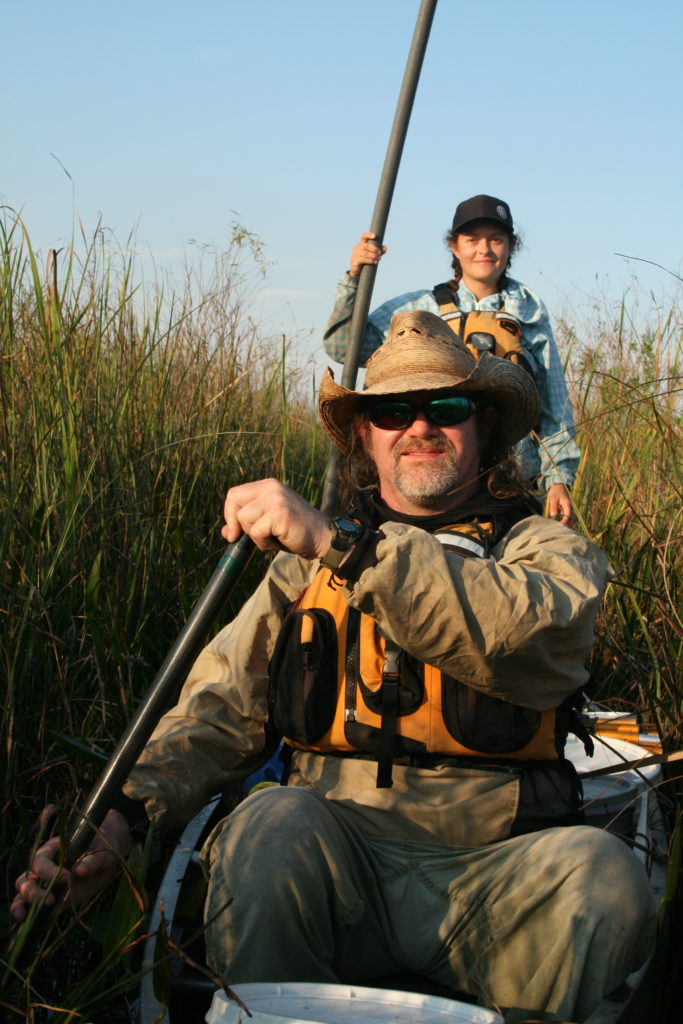
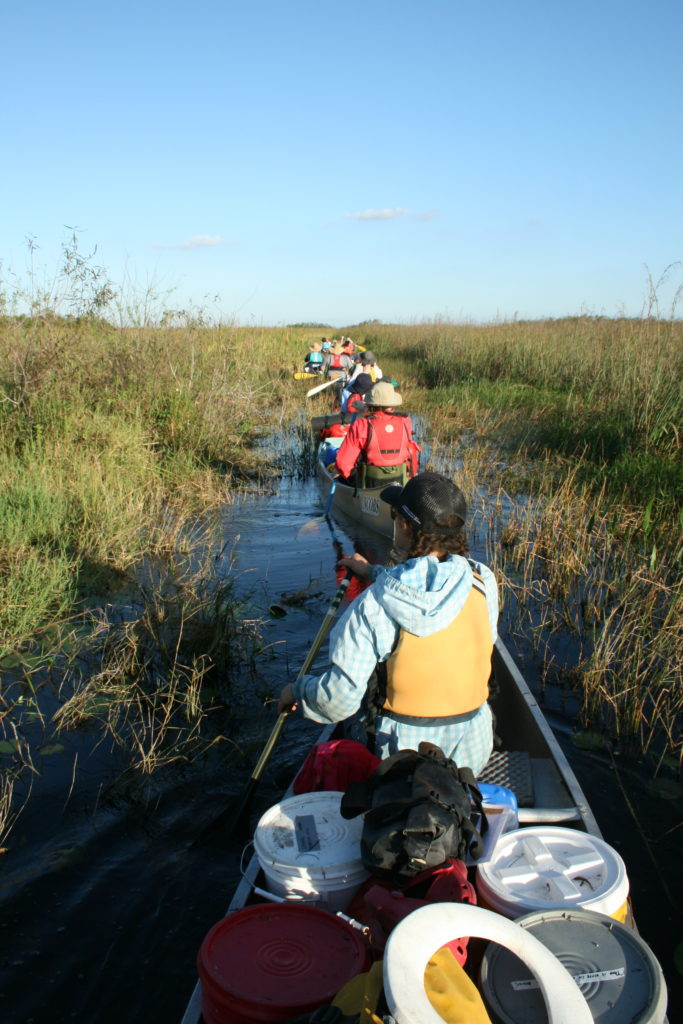
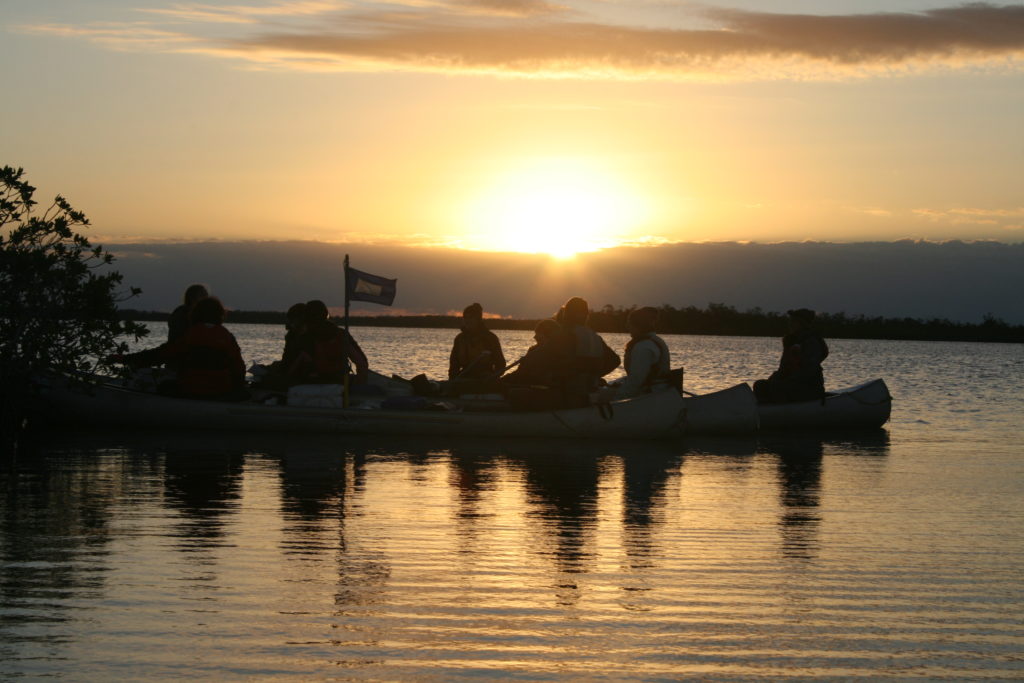

A New Fleet of Wilderness Systems Kayaks
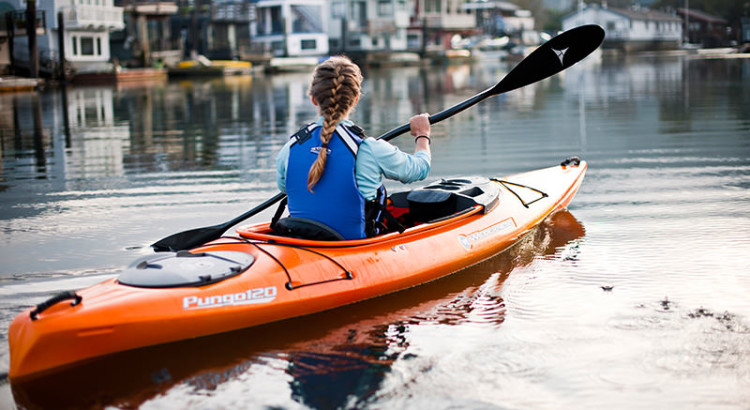
The 2017 summer season found us in the fortunate place of turning over our aging Old Town kayak fleet and replacing it with Wilderness Systems Pungo 12′ recreation kayaks, as well as two 14′ versions for instructors. These new kayaks are a big step up, both in terms of design and performance. The Pungos are faster and more stable, and also more maneuverable. The hatch cover seals and enclosures are much more user friendly. The Pungos offer three different areas of seat adjustability which also makes for a notable upgrade in comfort. On top of it all, these are significantly lighter vessels for loading, unloading, and transporting which all add up for our instructors over the summer season. Overall, AIAO staff and participants have been very happy with this upgrade to Pungo kayaks.
Biking In The Quabbin!
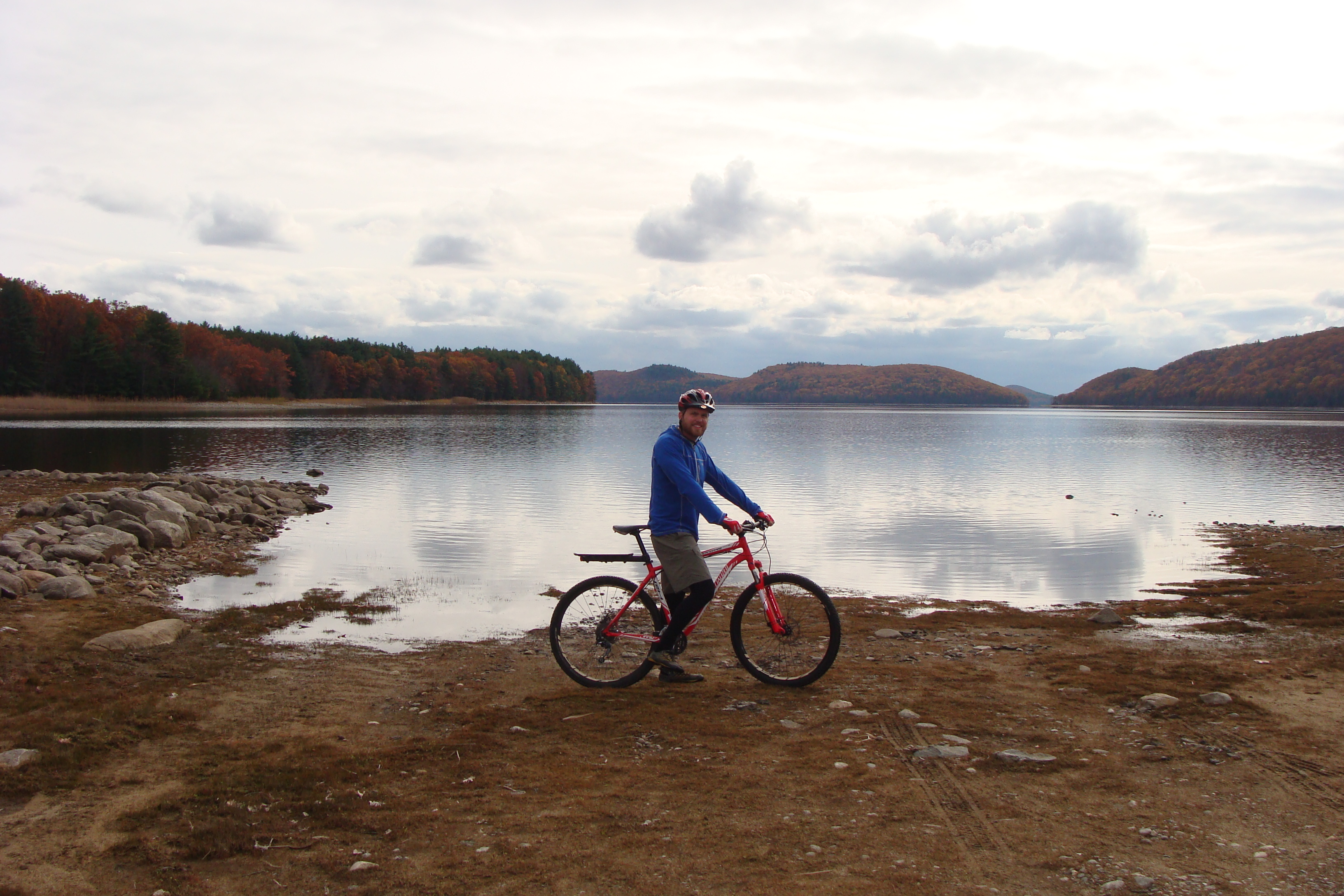
I have spent many a day wandering on and off trail in the Quabbin Reservoir over the last 30 years.
I recently, and happily, found out that certain sections of the Quabbin can be explored by bicycle! It was such a delight over the last few weeks to venture out, with my wife on one occasion, my friends on another, and once on my own.
On my solo venture, I had a wonderful encounter with a moose, 4 otter, and a number of loons!
There are four different spots to explore – see maps here: eastquabbike, northquabbike, quaboffresbike, quabparkbike
Enjoy!!
U.K. Professor Sees Changes Coming to Expedition Industry
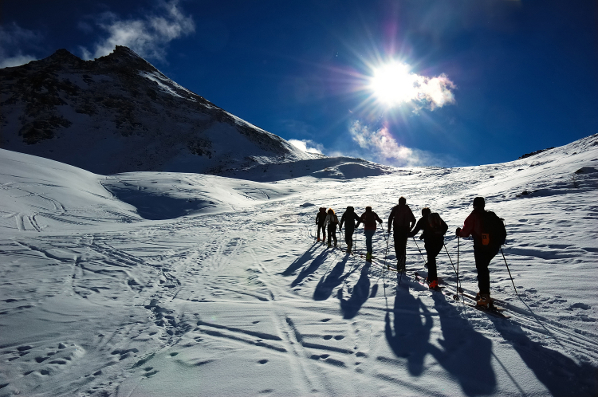
Many folks in the outdoor and environmental education fields can relate to Mark Hickman: “As a young man, I wanted to be the guy [professionally] climbing the mountains and running the river.” Of course, it’s not quite that easy, and we’ve all had to invest time, train, and pay our dues.
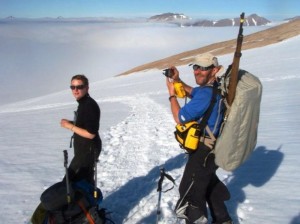
Hickman (right), in the field.
Starting off with the modest position of cook, Hickman worked his way through the ranks for over 30 years to become an instructor of adventure sports coaching and outdoor leadership skills at the University of Central Lancashire in the United Kingdom. And, his years of experience have led to some intriguing conclusions, particularly regarding the direction of outdoor education and expeditions:
“Following World War II, expeditions focused on a militaristic attitude of building the participants’ character — making them more resilient in the face of challenges. More recently, that has changed to a focus on personal development based around environmentalism, Hickman said. But he predicts a change in the next decade as the business focuses more on the outdoors as a resource for public health for an aging and more obese population, as well as for relief from increasing social isolation and depression.”
According to Hickman, “If we could change people’s perspectives and make a small impact on physical and mental health, it would be a reinvention of the outdoors.”
Many are witnessing shifts within outdoor education, in both people’s interests as well as the types of programs clients and participants are seeking. Hickman offers some food for thought, and I’ll be interested to see how the field evolves from here.
Visit the Billings Gazette for Brett French’s full article, and visit Adventure In, Adventure Out’s website for our full listing of adventure, expedition, and team-building programs.
Adventures in the Valley – Pudding stone caves.
Nestled amongst the craggy sandstone rock formations on the North-West side of Mt. Toby is perhaps one of the most enchanting hidden places in the Pioneer Valley…
The “Pudding Stone” cave, named for the conglomeration of small stones glued together by a sandstone mortar that make up this rock formation, is one of the few caves in the Valley that is actually large enough to walk through. If you are looking for adventure, this is the place to go.
Consisting of two main chambers connected by a twisting rocky hallway this cave is refuge to many local animals in both the summer and winter months. In the summer you’ll find (and smell) the porcupines that call this cave their home, evidenced by large piles of cashew-shaped scat and the occasional discarded quill. In the winter this cave is refuge for many hibernating insects as well as a small population of little brown bats.
Sign of porcupine living in and near this cave indicate that it has been in use by these animals for decades, at the very least. Exploring this section of Mt. Toby you will find many freshly cut hemlock and oak (depending on the time of year) twigs littering the ground. Many of the hemlocks that you find near a porcupine den with have a ‘bushy’ look to them as a result of annual trimmings from the powerful beaver-like teeth of this animal.
Small secluded caves like this are incredibly important to local bat species due to the introduction of ‘white nose fungus’, a European disease that is affecting bats all throughout the United States and Canada.
Also of note is the large and charismatic fissure that splits the ground a little further uphill from the caves themselves. The ground above the caves is covered with many smaller fissures which give this cave a very well lit, non-claustrophobic feel.
The Northernmost section of the cave opens up on a narrow, cliff-side path that leads around both sides of the rock formation. The main chamber is accessible through this entrance and is what makes this cave the hidden gem that it is. In the winter, if you are lucky, the combination of a cold Northern breeze and water dripping through the ceiling creates the most beautiful columns of ice which grow up from the floor in some of the most surreal and fantastic of ways. Reminiscent of crystal, these ice formations are sometimes over eight feet tall and shaped like something from a Dr. Seuss storybook. Glow sticks or colored flashlights make this place absolutely magical.
Happy exploring!
 Adventure In Adventure Out
Adventure In Adventure Out